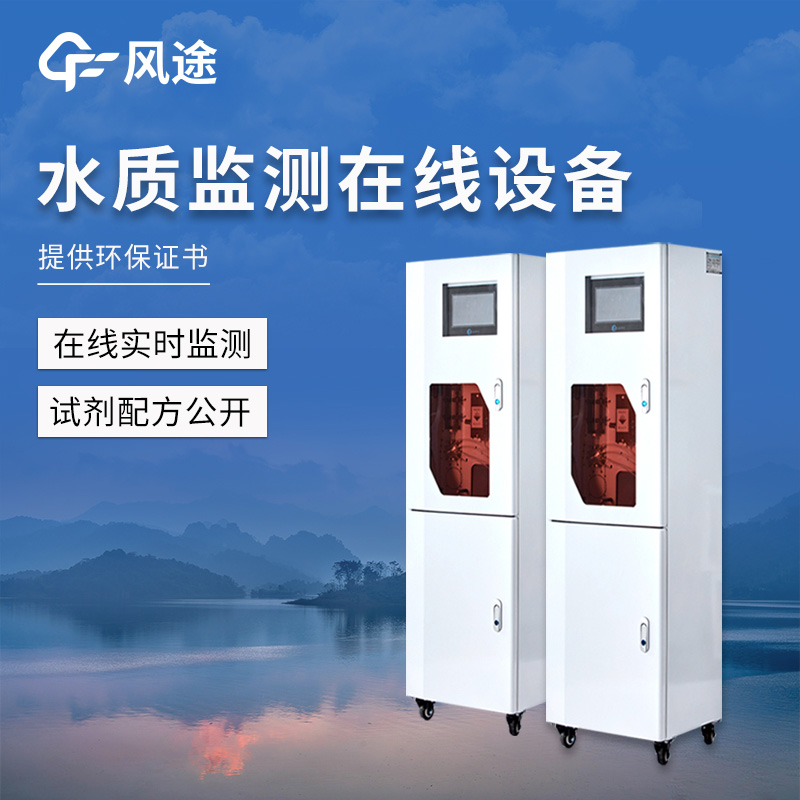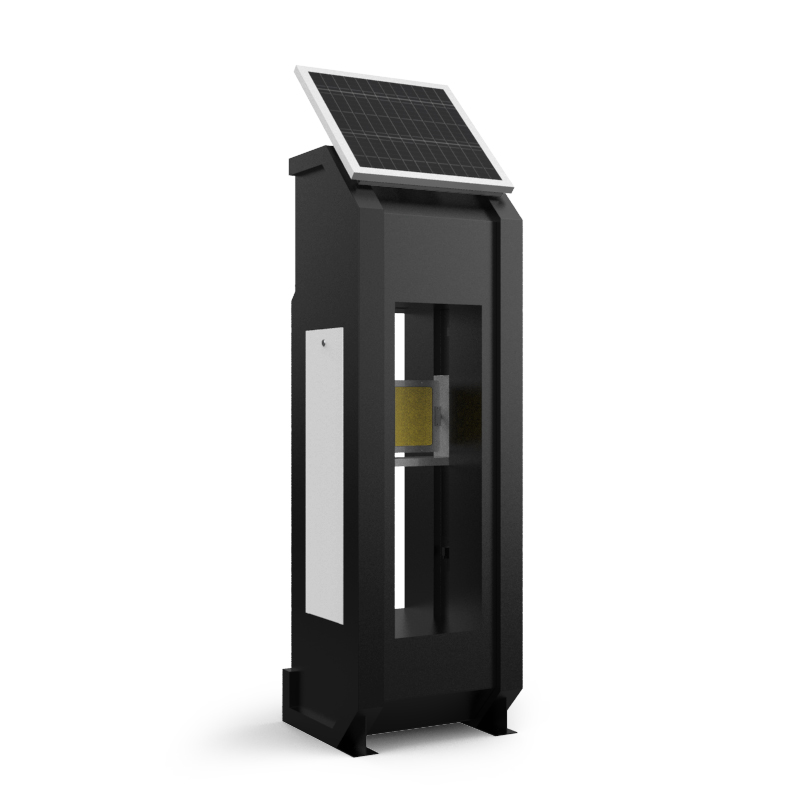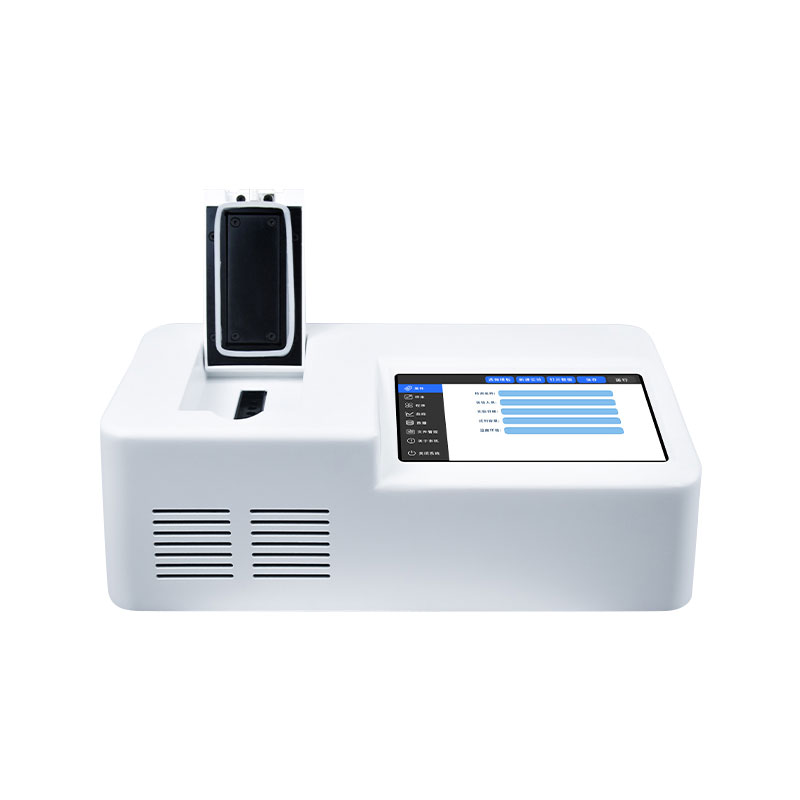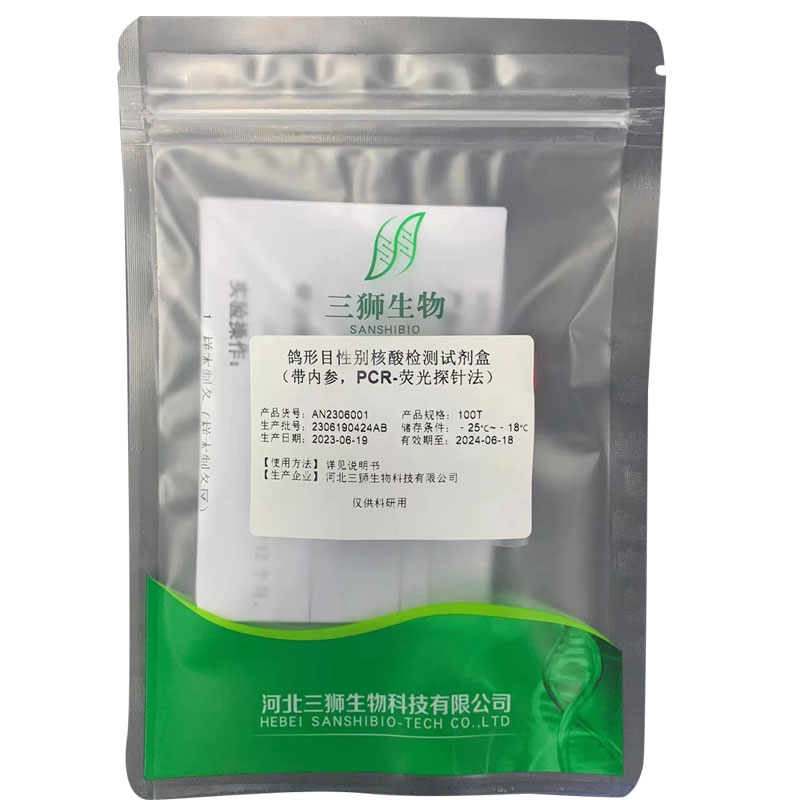A large - scale sewage treatment plant has been committed to the purification of urban sewage for a long time to ensure the water environment quality of the city. However, the traditional water quality monitoring methods have many drawbacks. Manual sampling and testing not only have a low frequency, unable to reflect real - time water quality changes, but also the test results are lagging, making it difficult to adjust the treatment process in a timely manner. With the increasingly strict environmental protection requirements, the plant urgently needs a system that can monitor key water quality indicators in real - time and accurately.
Therefore, the plant introduced a water quality monitoring station. This system accurately monitors key indicators such as COD, ammonia nitrogen, pH, and turbidity.
In terms of COD monitoring, the system adopts the advanced UV254 method. It irradiates the sewage with ultraviolet light of a specific wavelength (254nm), and quickly and accurately calculates the content of organic matter in the sewage by measuring the degree of ultraviolet absorption of the sewage, providing key data for evaluating the sewage treatment effect.
For ammonia nitrogen monitoring, the ion - selective electrode method is used, which is highly sensitive to changes in ammonia nitrogen concentration in the sewage, helping staff to promptly grasp the nitrogen pollution situation.
pH monitoring relies on electrochemical (salt - bridge) technology. Through a high - precision electrode with a salt - bridge, it can stably and in real - time feedback the pH value of the sewage, ensuring that the acid - base environment during the treatment process is appropriate.
Turbidity monitoring uses the principle of optical scattering to clearly show the turbidity of the sewage, providing a basis for judging the clarity of the water quality.
Since the use of the water quality monitoring station, the operational efficiency of the plant has been greatly improved. Through real - time monitoring data, staff can quickly adjust the parameters of the sewage treatment process. For example, when the COD data increases, the aeration time and intensity are increased in a timely manner to improve the efficiency of microbial decomposition of organic matter; when the ammonia nitrogen data is abnormal, the carbon - nitrogen ratio of the biological treatment unit is optimized to enhance the denitrification effect. This has increased the sewage treatment compliance rate from the original 85% to over 98%, effectively reducing the environmental pollution risk.
Due to the ability to accurately regulate the process, the usage of chemical agents has been reduced by about 20%, saving operating costs. Moreover, the automated monitoring of the system has reduced the workload of manual sampling and testing. The water quality monitoring work that originally required 5 people can now be completed by only 2 people for system inspection and data review, significantly reducing labor costs.

This paper addresses:https://fengtusz.com/industry/689.html









